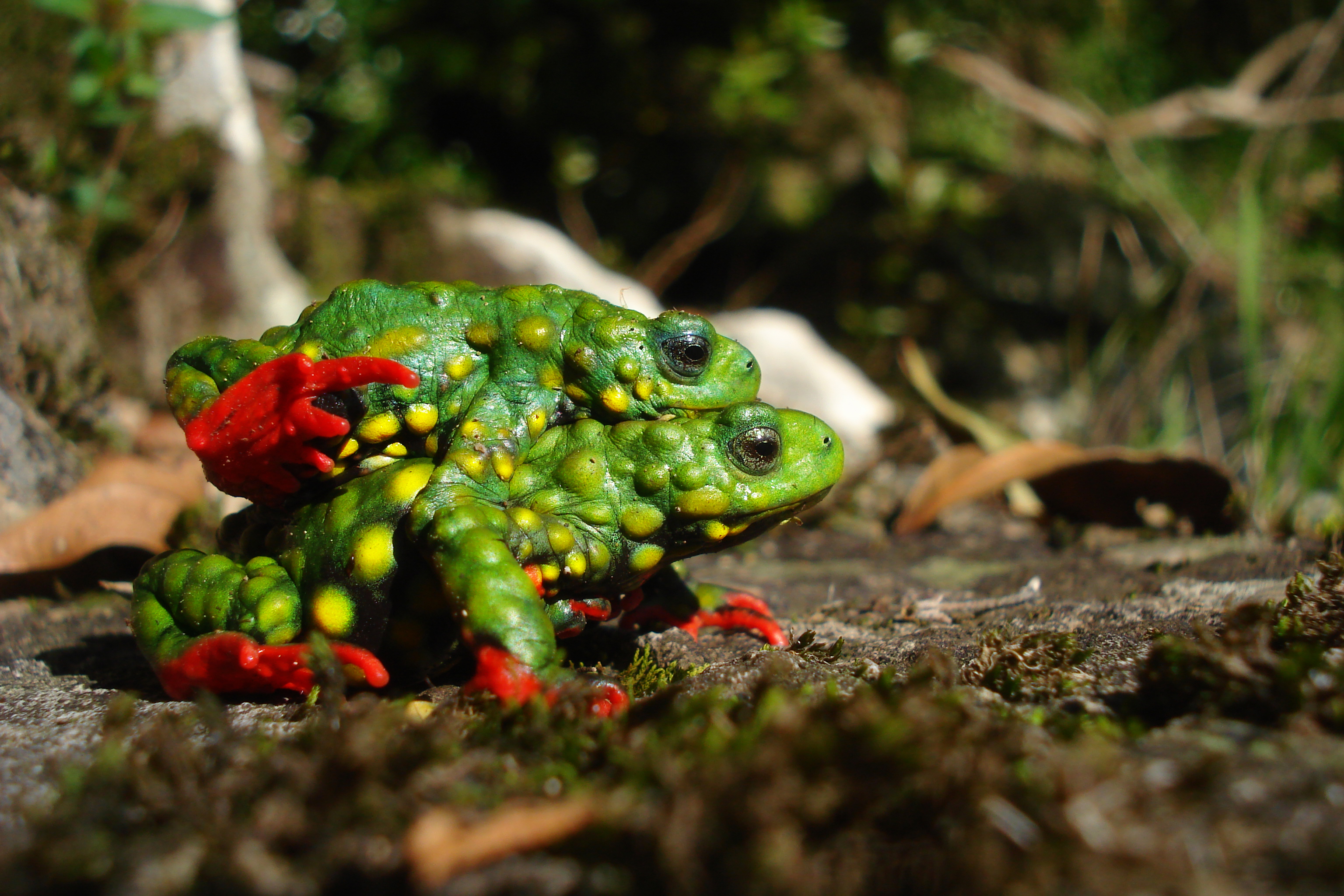The creation of a protected area (PA) aiming for the conservation of endangered species depends on a range of factors, which are generally not under the governance of environmentalists and researchers. In Brazil, the creation of PAs is regulated by the National System of Conservation Units. Aiming to contemplate multiple interests, it establishes several categories of PAs whit different restrictions on the use of biodiversity and distinct requirements of land ownership. Even though, the ability to create a PA in Brazil is much more related to the existence of opportunities, which are usually scarce.
Currently, the Brazilian government has embarked on a path of environmental regressions, a context that is already internationally known. Incredibly, the Ministry of the Environment has proposed to reduce the size or of several already established PAs, or to change the category of PAs to less restrictive ones. The creation of new PAs is not among the current governments’ short term goals, neither at federal nor at regional levels in most Brazilian regions. It is a very complicated moment. On the one hand, we must work to maintain what we have already achieved; on the other hand, we are at risk of losing further species and ecosystems.
The case of the Admirable Red-belly Toad (Melanophryniscus admirabilis) is a good example. The lack of a PA protecting the only known population of this Critically Endangered species almost led to its extinction a few years ago. If the Instituto Curicaca and its partners didn’t have act in time, the implementation of a small hydroelectric power plant would have seriously threatened this microendemic species.
We know that conservation is not just one way. It is the result of a sum of complementary initiatives aiming to eliminate or reduce threats. The Instituto Curicaca has a well-established history of providing technical subsidies for the creation of protected areas. We also promote sustainable economic activities for local communities living around PAs as a complementary conservation strategy. Parks and reserves cannot be islands in the landscape and, to prevent this from happening, it is necessary that the economic activities around PAs are harmonized with the conservation activities conducted inside them.
Unfortunately, giving the current situation in Brazil, the creation of a PA to protect the Admirable Red-belly Toad can still take a while. But this must not prevent us from acting. In this context, a medium to long term partnership between ASA partners Instituto Curicaca and Synchronicity Earth has recently emerged. The Amphibian Survival Alliance helped to bring both organizations together and provided Instituto Curicaca with a seed grant to kick-start the project. The cooperation between both ASA partners will help to organize and support local families to implement agroforestry systems. The project aims to conserve the toad’s habitat while adding economic and ecological value to the production process of small farmers that live and work close to its area of occurrence. It is definitely a win-win opportunity for everyone!
By Alexandre Krob, Instituto Curicaca
Photo © Luis Fernando Marin da Fonte

